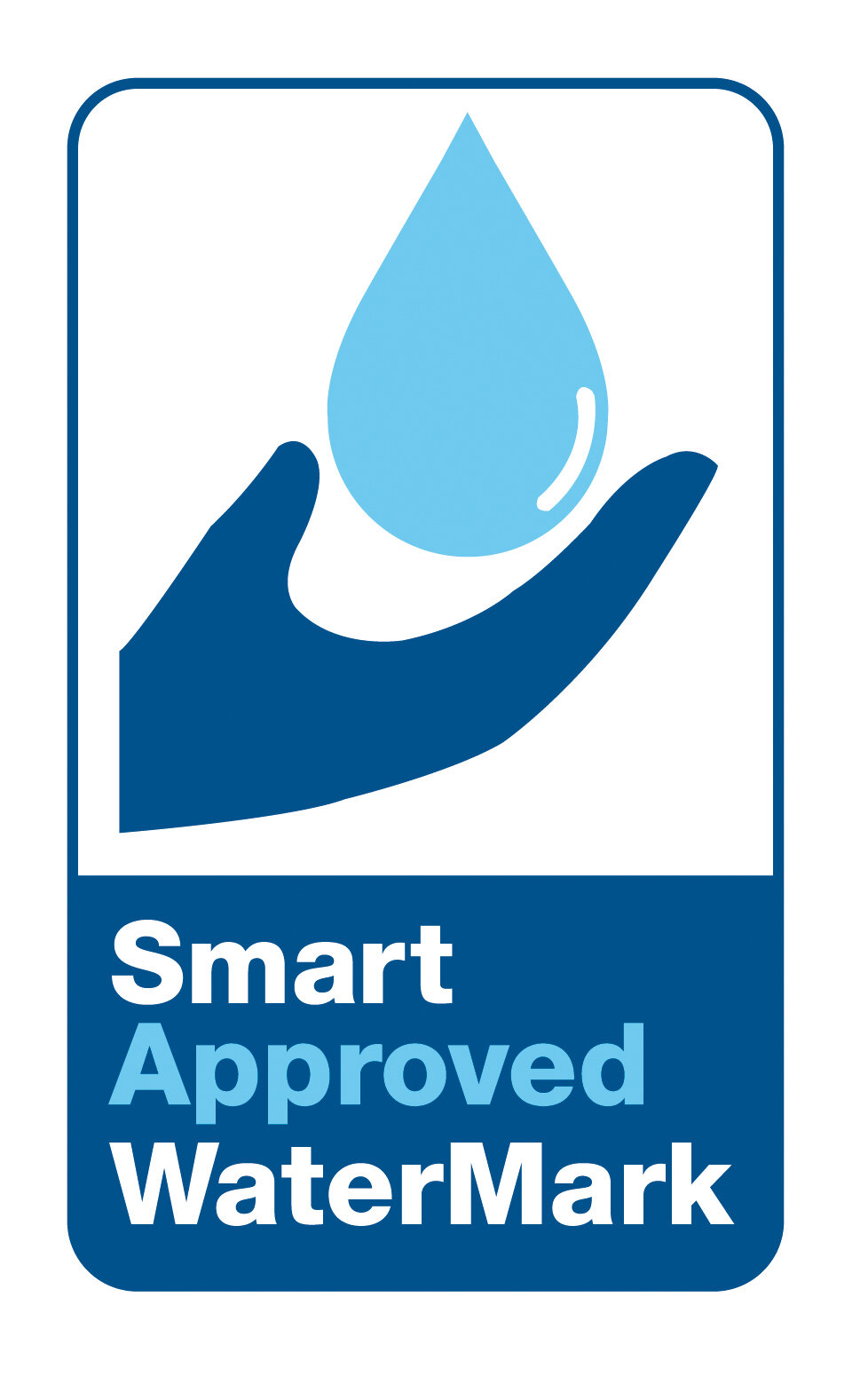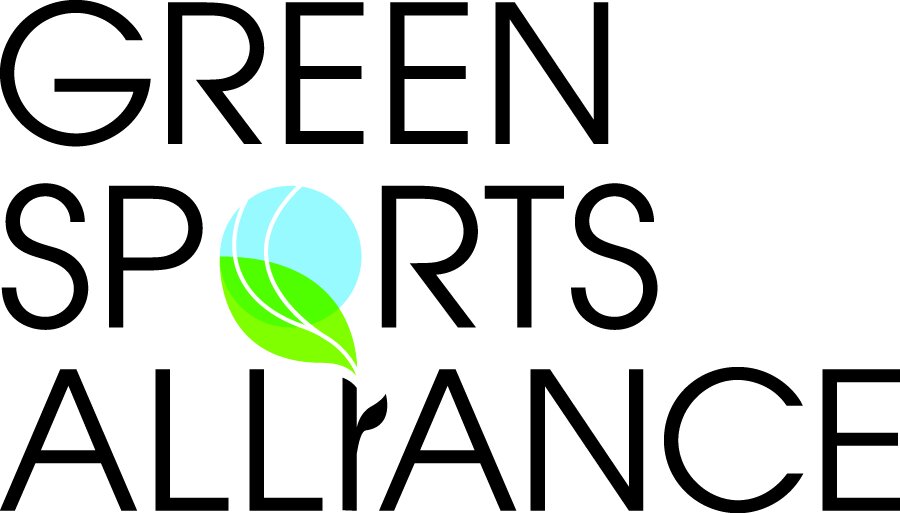Finally, some relief came in 2016 in the form of much needed rainfall, but drought conditions could return again next year, and California will be back in the same situation as before. But right now, the state has some breathing room, and it is looking at what steps it can take quickly to start averting another crisis.
One of the possibilities is to convert billions of gallons of wastewater that is now flushed right into the Pacific Ocean and recycle it into treatable, useable water for vegetation and other purposes. It is estimated that, each year, the state flushes about 1.5 billion gallons of water into the ocean, so over the past four years, this amounts to about 6 billion gallons or more of water.
Some water utilities in the state are already recycling and purifying wastewater and doing a pretty good job of it. They just have to expand their operations significantly. But ,interestingly, it is some of the state’s largest companies that are taking the lead in recycling wastewater. Not only are they finding ways to recycle wastewater, but they are finding it to be a way to cut costs as well.
For instance, beginning in 2009, Genentech, a biotechnology company located in South San Francisco, has implemented a suite of water-saving initiatives. These types of initiatives are often referred to as using water “more efficiently” because they are long-term programs, not temporary ones just to address a current drought.
One of these water-saving programs includes the installation of a centralized gray water recycling system. Gray water is wastewater that can be treated and then reused for a number of purposes. Once the system is up and running, the company expects to cut its water consumption—purchased from local water utilities—by approximately 60 million gallons of water annually. This water will then be reused in the facility’s cooling systems, for irrigation, and for toilets.
What many large and small companies in the state are also doing is removing traditional urinals, which each use about 35,000 gallons of water per year, and replacing them with no-water or waterless urinals. This can provide tremendous water savings.























